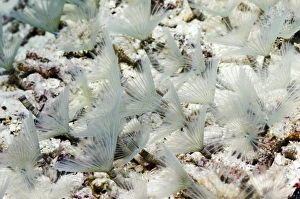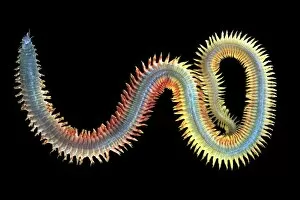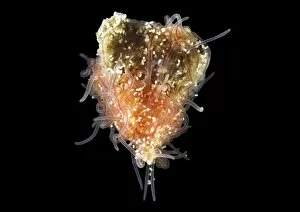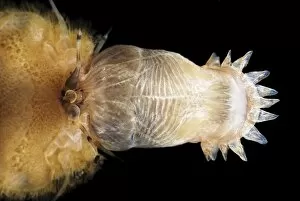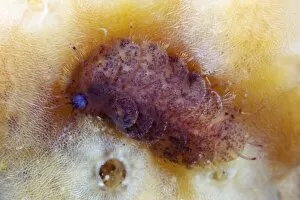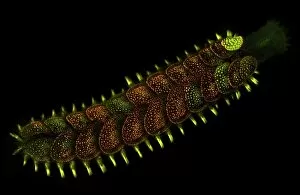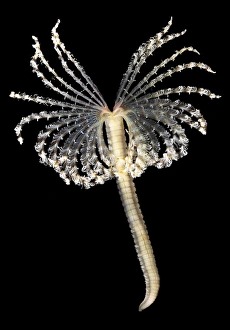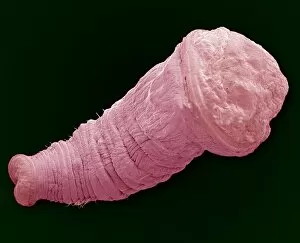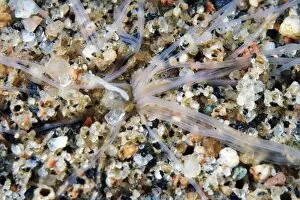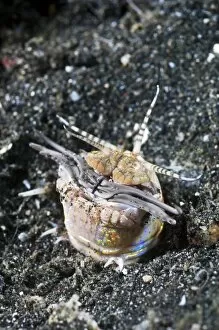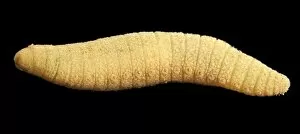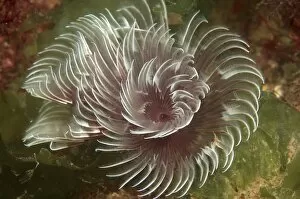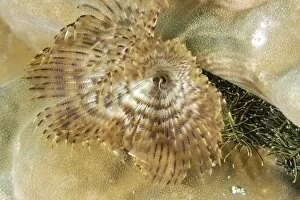Polychaete Collection (page 3)
"Exploring the Enigmatic World of Polychaetes: Unveiling Nature's Underwater Wonders" Dive into the mesmerizing world of polychaetes
All Professionally Made to Order for Quick Shipping
"Exploring the Enigmatic World of Polychaetes: Unveiling Nature's Underwater Wonders" Dive into the mesmerizing world of polychaetes, a diverse group of marine worms that never cease to amaze scientists and nature enthusiasts alike. With their intricate features and fascinating behaviors, these creatures have captivated researchers worldwide. In one corner of the laboratory, a scientist delicately examines a ragworm specimen under a scanning electron microscope (SEM). The image reveals the intricate mouth structure of this remarkable creature, showcasing its unique adaptations for feeding and survival. Venturing beyond the lab, we find ourselves in New Caledonia, where hard coral reefs thrive. Amongst vibrant corals like Porites lutea, Christmas-tree worms (Spirobranchus giganteus) create an enchanting sight with their colorful spiraling crowns. These delicate creatures are true masters at filtering nutrients from passing currents. Traveling further across oceans brings us to Rinca Island in Indonesia. Here lies a breathtaking scene featuring feather duster worms (Sabellidae), gracefully swaying in harmony with the underwater current. Their kaleidoscopic beauty is captured through an ethereal image of Variegated feather dusters (Bispira variegata), leaving us awestruck by nature's artistry. Meanwhile, off the Atlantic coast resides another intriguing species – Atlantic Palolo (Eunice fucata). This worm emerges from her burrow during specific lunar cycles to seek food before swiftly retreating back into her hidden sanctuary. Witnessing this synchronized dance between biology and celestial rhythms is truly awe-inspiring. The Philippines also boasts its own array of captivating polychaete species. In Puerto Galera's crystal-clear waters, Variegated feather duster worms (Bispira variegata) adorn rocky surfaces like living tapestries while Magnificent feather duster worms (Protula magnifica) create a spectacle with their vibrant plumes.

